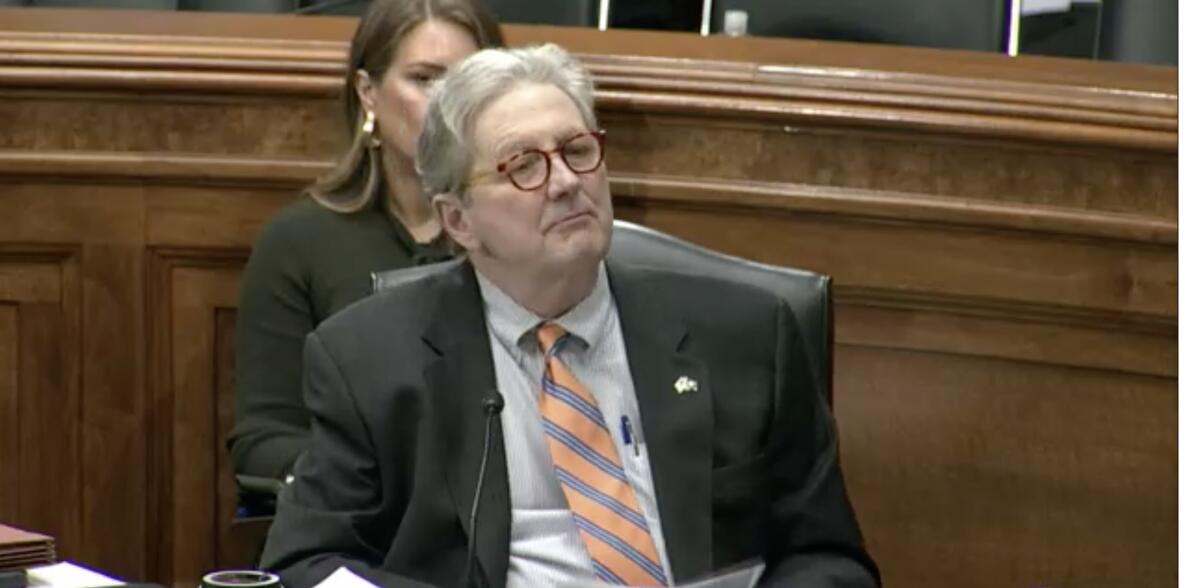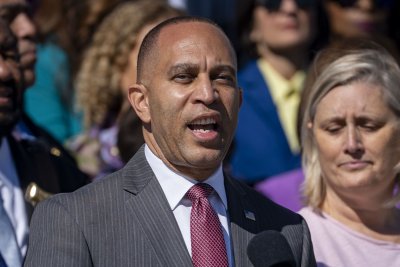Palisades beats Venice to claim City Section girls’ volleyball title
The intensity is always high when Palisades and Venice meet on the volleyball court. This time, however, there was more than just neighborhood bragging rights at stake.
In the fifth meeting this season between the Western League rivals, the second-seeded Dolphins brought their ‘A’ game and won the City Section Open Division girls’ championship with a 25-23, 25-18, 25-18 victory Friday night at Southwest College.
It was the record 31st section crown for Palisades (35-7), which had won its last title (all but two of which have been in the top division) four years ago when the 2020 fall season was delayed until the following spring because of the coronavirus pandemic.
Tulah Block’s seventh and final kill on match point sent her teammates pouring off the bench to hug each other.
“Going up for that kill I just knew I had to do it for the team,” Block said. “I’m so proud of the whole team especially with everything we went through and are still going through after the fire and not having a gym. We even had to go the beach to practice one day.”
The West Valley League has dominated girls’ volleyball over the last decade, but Palisades and Venice each vanquished two West Valley League opponents to reach the final. The Dolphins ousted Granada Hills and defending Open champion Taft while the top-seeded Gondoliers eliminated Chatsworth and El Camino Real.
Venice (32-11) won Division II in 2012, Division I in 2016 and the Open Division in 2021. The last time a West Valley League school failed to reach the Open Division final was 2019 when Eagle Rock beat Palisades in four sets.
Venice was swept in the team’s first league meeting on Aug. 28 but rebounded to take the rematch in five sets on Sept. 25 and ultimately took first place because of the Dolphins’ surprising five-set loss to University. The teams also met twice in tournaments, Venice winning both times in a best-of-three sets format.
“Our slogan all year was ’no gym, no problem,” Palisades senior libero Lucy Neilson said. “Today we came with a ‘leave it all out there’ mentality.”
Palisades rallied from a 19-16 deficit to win the first set on a kill by Block that Venice’s Samantha Lortie dove for in desperation but could not quite dig. Venice’s last stand came in the third set when it built a 13-7 lead but Palisades answered with a 14-point run on the serving of Phoebe Messiha.
Lortie, who teamed with Savannah Rozell to win the City pairs tournament on April 29 in Santa Monica and three days later led the Gondoliers to their first beach volleyball title, traded kills with Palisades’ Anabelle Redaelli, who finished with a match-high 13. Lortie had 11 and Gaia Adeseun-Williams added eight for the Gondoliers.
“Winning it this season is special given the obvious circumstances and it had to be against Venice,” Neilson added. “It’s important for our program because we hadn’t won it in a few years and that’s our goal every year.”
In the preceding Division V final, fifth-seeded Legacy swept No. 11 Sotomayor, 25-20, 25-18, 25-12. Both teams were seeking their first City title. Legacy improved to 10-15 while Sotomayor dropped to 12-12.
“We’re here because we pushed for it,” Tigers libero Yahaira Ramirez said. “Not all teams are going to have a 100 percent win streak. I love my position. I love to stand out. I save my team a lot of points.”









